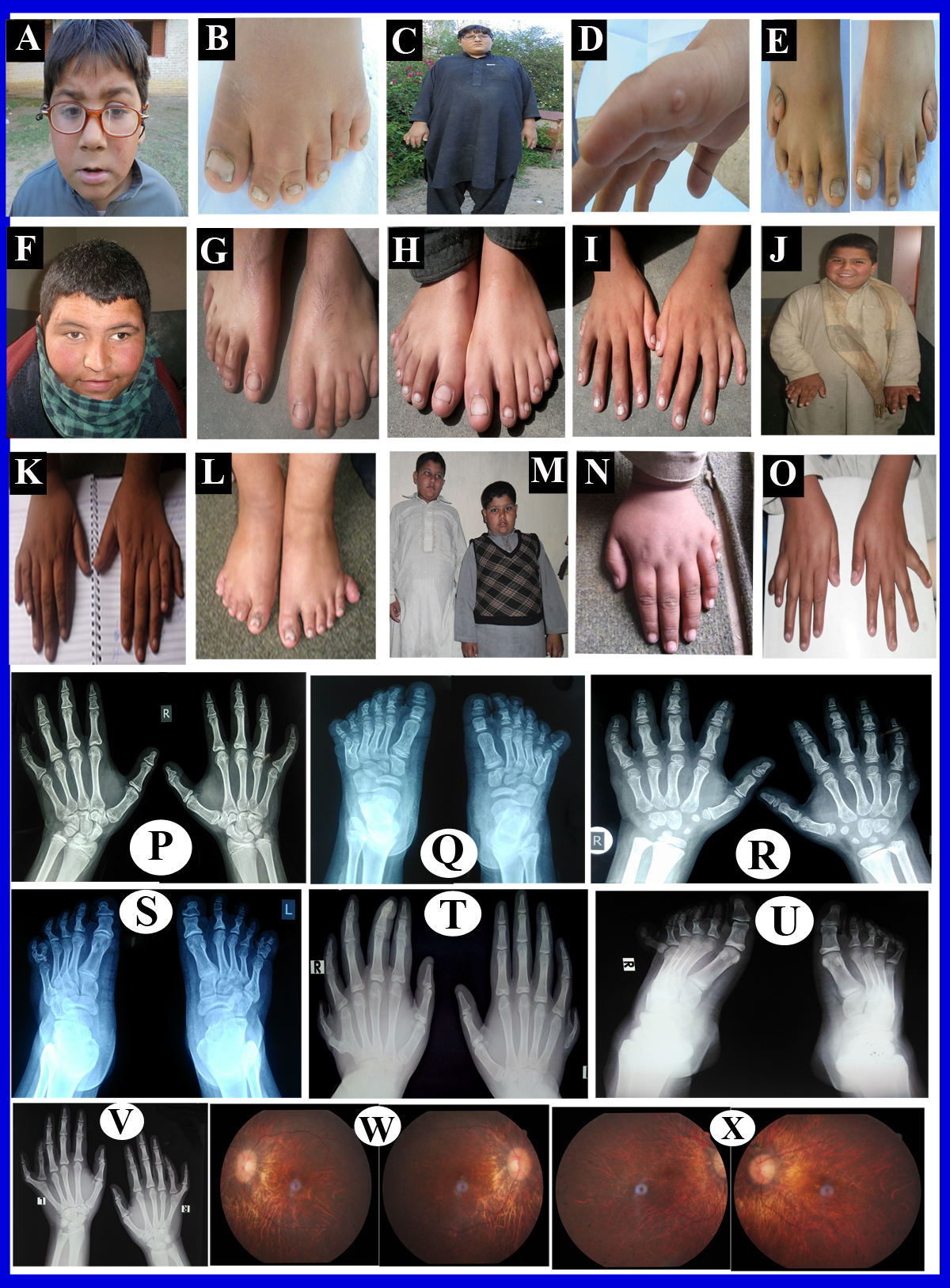Figure 3. Clinical features of affected members in four families. A, B: Affected individual IV-3 in family A, showing a thin upper lip, obesity, cutaneous syndactyly, and polydactyly in the left
foot. C–E: Affected individual IV-4 in family A showing truncal obesity, postaxial polydactyly (PAP) in the hands, and polysyndactylism
in the feet. F, G: Clinical features of affected individual IV-7 in family B showing obesity and postaxial polydactyly in his feet. H, I: Affected individual (V-1) in family B showing postaxial polydactyly in his hands and feet. J: Affected individual (IV-1) in family C showing clinical features of obesity, prominent nasolabial folds, a long philtrum,
a thin upper lip, postaxial polydactyly, and curving of the pinky toward the ring finger (clinodactyly) in his hands. K: Postaxial polydactyly in both hands and clinodactyly in the right hand in affected individual (IV-2) in family C. L: Postaxial polydactyly in the left foot in the affected individual (IV-6) of family C. M–O: Affected individuals (V-1 and V-2) of family D with clinical features of obesity and anteverted nares, postaxial polydactyly
in the right hand of affected individual V-1, and postaxial polydactyly and camptodactyly in the right hand of affected individual
V-2. P, Q: Hands and feet radiographs of affected individual IV-3 of family A, who has PAP only in both feet and normal hands. R, S: Hand and feet radiographs of affected individual IV-4 of family A, who has a skin tag on his right hand and PAP type A in
both feet. T, U: Hand and feet radiographs of affected individual IV-6 of family C, who has PAP type A. V: Fundus photographs of affected individuals IV-3 and IV-4 representing sine pigmento (retinitis pigmentosa). W, X: Hand radiographs of affected individual IV-1 who has PAP type A.

 Figure 3 of
Ullah, Mol Vis 2017; 23:482-494.
Figure 3 of
Ullah, Mol Vis 2017; 23:482-494.  Figure 3 of
Ullah, Mol Vis 2017; 23:482-494.
Figure 3 of
Ullah, Mol Vis 2017; 23:482-494. 